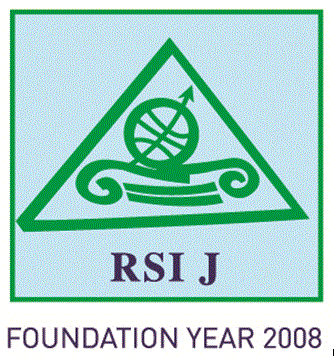Tigran MNATSAKANYAN
Ph.D. in Economics, Armenian State University of Economics
tigran.mnatsakanyan.am@gmail.com
Ruben HAYRAPETYAN
Doctor of Sciences in Economics, Professor, Armenian State University of Economics, City Councilor at Yerevan City Council
ruben_hayrapetyan@yahoo.com
Dejan MOLNAR
Ph.D. in Economics, Associate Professor, University of Belgrade – Faculty of Economics
dejan.molnar@ekof.bg.ac.rs
Abstract
There are manifestations of regional development disparities in almost every country, but this phenomenon is especially dangerous in those countries that have only one “center of gravity”. Significantly more developed capital can transform itself from “center of gravity” to a “black hole” by emptying the potential of the regions. To prevent such a destructive scenario, it is firstly necessary to disclose the roots of regional development disparity, and the reasons for its subjective perception. Without these steps, any intervention, policy, or measure taken or implemented by the state can aggravate further disproportion or at least be ineffective. Only after discovering the above-mentioned roots, it will become possible to develop a comprehensive strategy for overcoming regional disproportionate development and derive from it a complex of effective measures. All these goals are intended to be achieved within the framework of the research funded by the Science Committee of the Ministry of Education, Science, Culture and Sports of the Republic of Armenia within the support program for young researchers (project code: 19YR-5B038). This paper focuses mainly on discussion of regional disparity measurement tools and development of a tool appropriate not only for accurate measurements, but also for serving as a motivational tool for authorities. Calculations have been made for Armenia and Serbia, taking into consideration several key similarities of economic, social, and cultural nature, which have significantly influenced the perception of local governance and role of communities, as well as the mindset toward socioeconomic processes in general.
Keywords: regional development, regional disparity, measurement, development indicator, governance
JEL classification: H700, H770, H830, R500, R580
pp. 327-348
